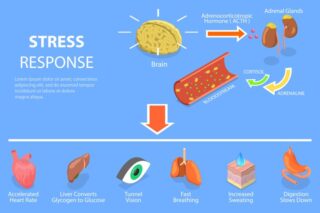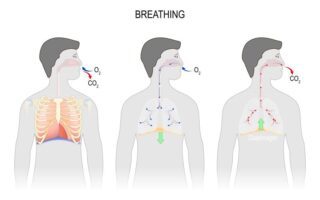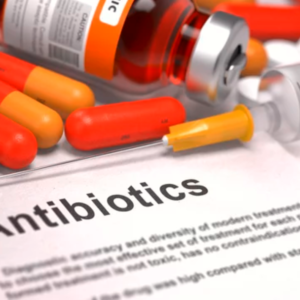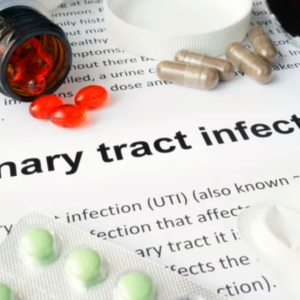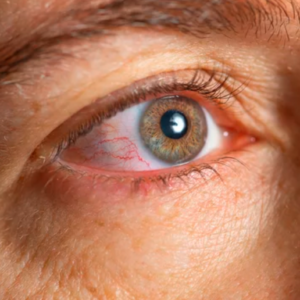What to Do When Head Keeps Itching?

Head lice are tiny insects, about the size of a sesame seed, that resides on hair and flourishes by sucking blood from the scalp in humans. Lice may be present on the body as well as in the pubic hair. The condition is often tagged with poor personal hygiene, but people with good hygienic can also acquire the pest.
Head lice spread very quickly, particularly among school children. Sharing combs, hairbrushes and close contact are the usual ways of spread. The condition can become a nuisance with high chances of recurrence in the same person.
Head lice do not have wings. Instead, the female lice release eggs (nits) along with a sticky substance that attaches the egg firmly to hair shafts. The eggs are the size of a dandruff flake and hatch in few days contributing to the growing colony.
Causes of head lice
Preschool children at higher risk of getting head lice since they play together close to each other. Similarly, a family member infested with head lice is a convenient source of transfer. That is why lice infestation is an annoyance.
Some of the ways of contracting the infestation include;
- Close head-to-head contact with someone with head lice, for example, sleeping or sitting close together.
- Using comb and brush of someone with head lice
- Using a fabric (headscarf) or linen (pillows) of a person suffering from head lice
Transferring a few nits of head lice is enough to contract the condition. Transmission of lice via inanimate objects, like combs, brushes, headbands, barrettes, hats) is unlikely but not impossible.
Symptoms of head lice
The signs and symptoms are subtle initially when the head lice are few in number. It does not take long for the head lice to multiply, grow and cause noticeable symptoms. These include;
- An irksome sensation of something crawling on your head
- Itching of the scalp due to the bug bites
- Sore and scab formation on the skin scalp due to itching
- In severe cases, evidence of tiny bleeds may be seen on headgear (scarf or caps) or bed linen (pillow covers)
On examination, adult lice are visible on the scalp skin. Nits can be seen attached to the hair shaft at the nape of the neck or around the ears. Nits resemble dandruff, but unlike the latter, nits do not fall off or be removed easily.
When to see a doctor
If the lice infestation is not managed with home remedies or over-the-counter solutions, then see a dermatologist.
Treatment of head lice
Nits found on the 1/4th inch part of the hair shaft require treatment. They usually represent active infestation. Nits on hair farther away from the scalp indicate an old infestation yet still requires removal to cut back any chances of recurrence.
Head lice are very resistant to go. Therefore, vigorous treatment is applied for completely eradicating the pest.
Over-the-counter treatment for head lice employs two types of chemicals;
- Pyrethrin is a plant extract derived from chrysanthemum flowers. It acts as a pesticide and is indicated in children over two years of age.
- Permethrin (Nix) is a synthetic pesticide indicated for children aged two months or more.
Prescription lice treatments include;
- Benzyl alcohol lotion (Ulesfia) is aromatic alcohol indicated for head lice treatment in children aged six months or more.
- Malathion (Ovide) another pesticide indicated for children aged six years or more.
- Lindane is a pesticide available as anti-lice lotion or shampoo. However, it should be cautiously used, only as a last resort because of its side effects.
- Spinosad is a topical suspension for treating head lice. It is applied to dry hair and the scalp for 10 minutes, followed by washing and rinsing of hair.
- Oral ivermectin (Stromectol) effectively treats resistant cases of head lice.
Fine-toothed lice comb, or a flea comb can help remove lice. Application of hair oils before combing can help remove nits from the hair shaft.

This article reviewed by Ms. Deb Dooley.
There’s nothing more important than our good health – that’s our principal capital asset.
#medical #telehealth #headlice #itchyhead #skincare #umedoc


